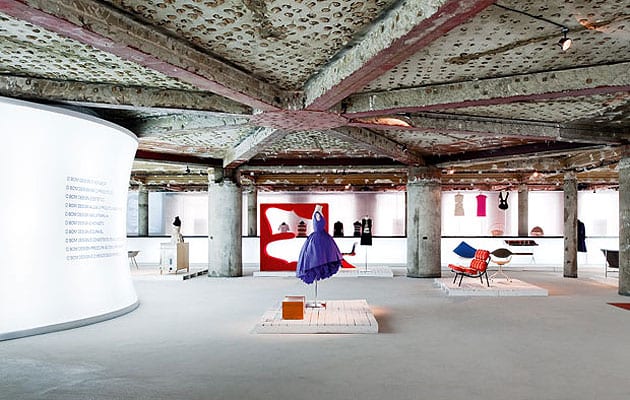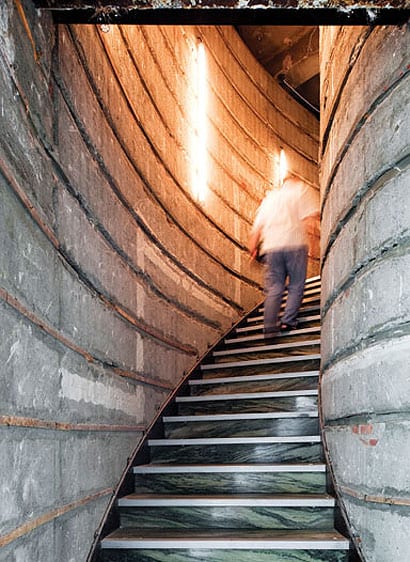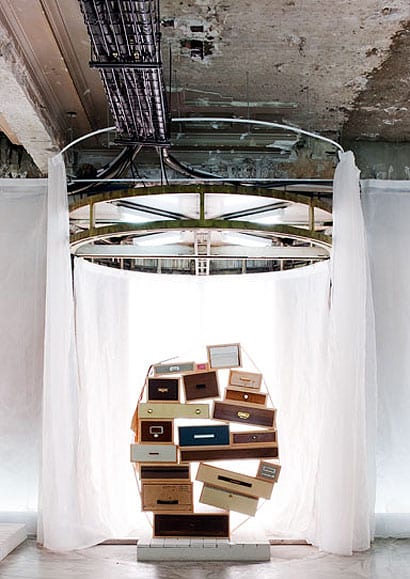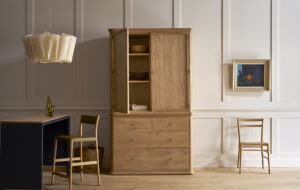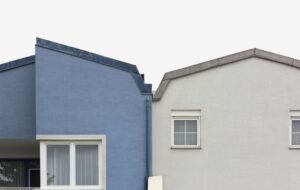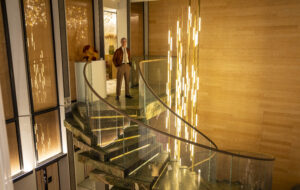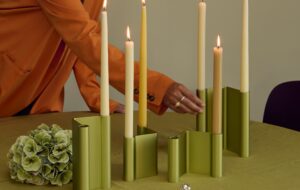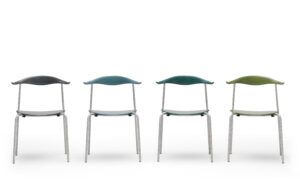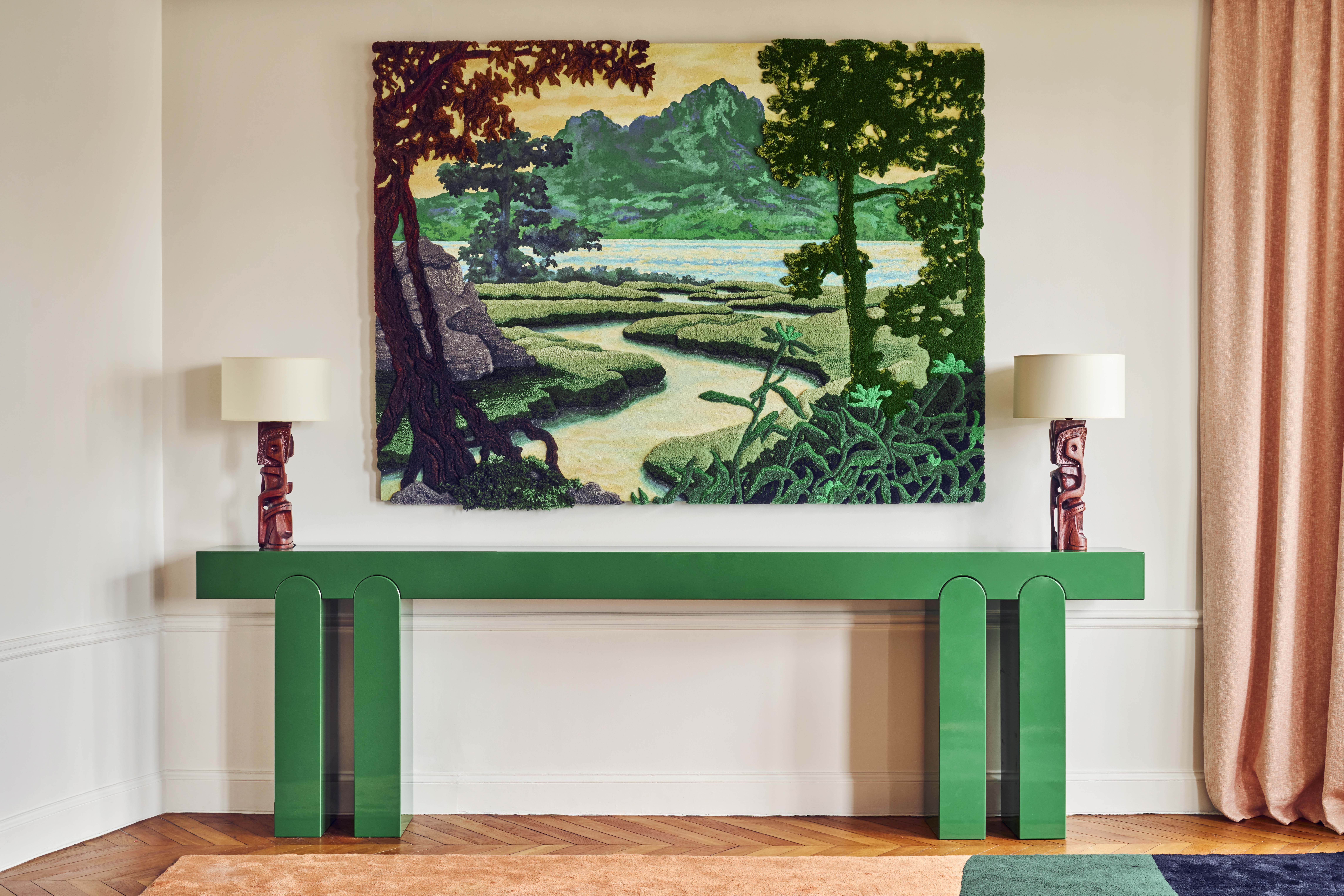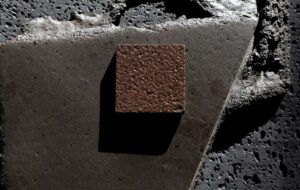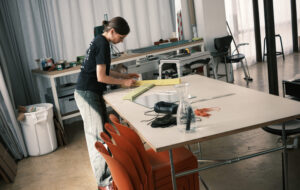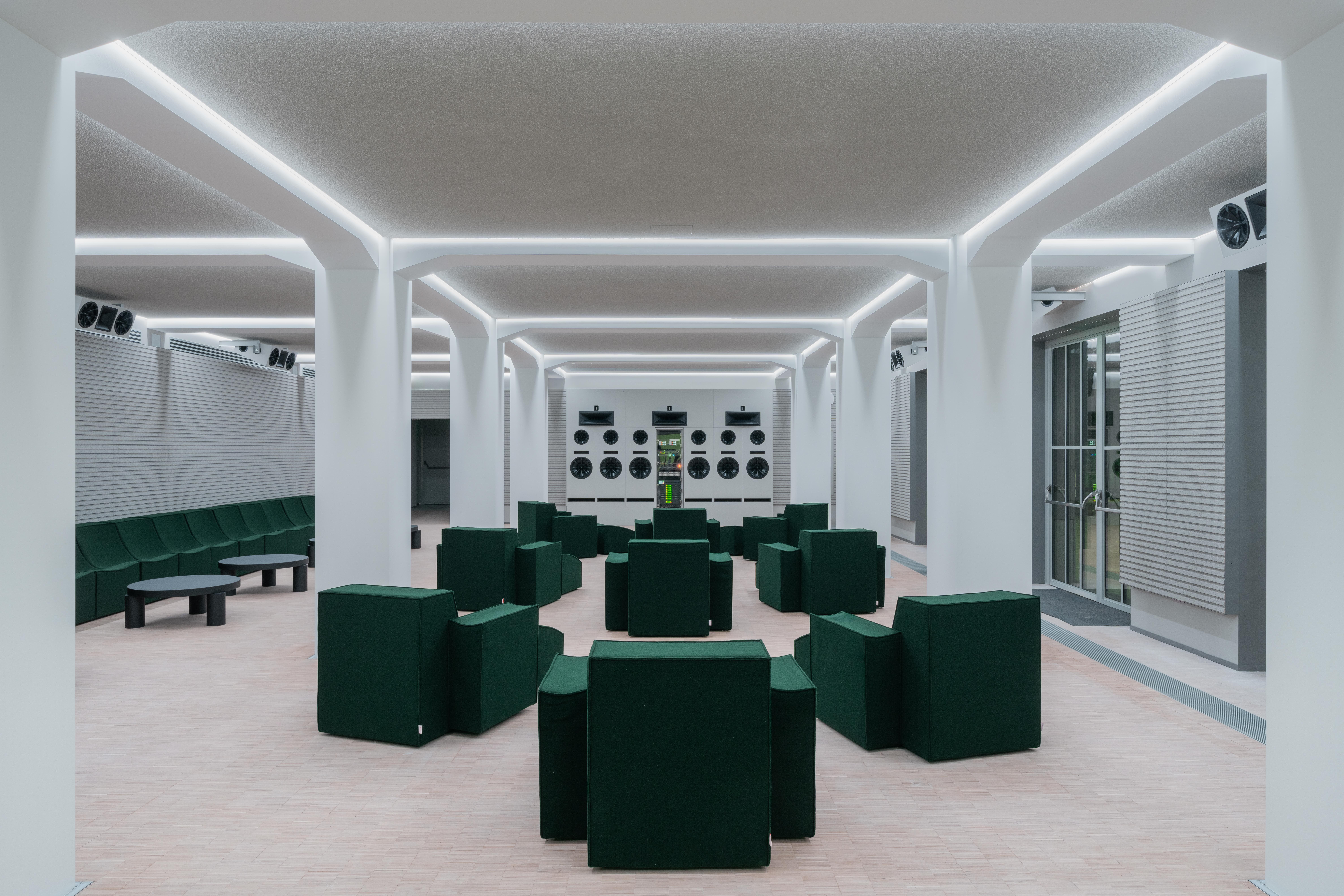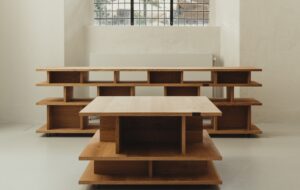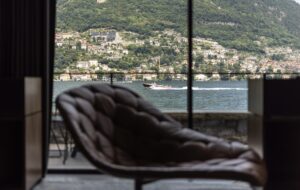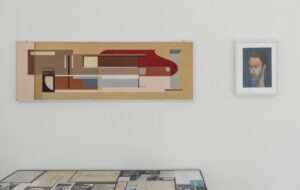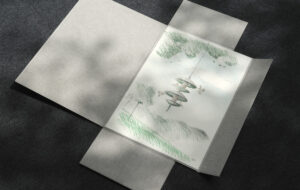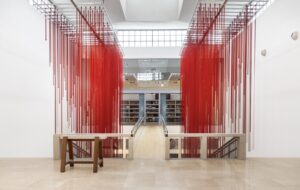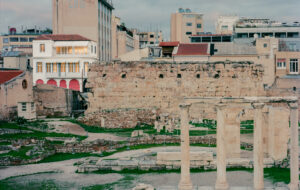|
The architects stripped right down to the structural elements (image: Fernando Guerra/FG+SG) |
||
|
Destruction was preservation at the new home of the Museum of Design and Fashion, or MUDE, in Lisbon. Ricardo Carvalho & Joana Vilhena Arquitectos took a 1950s bank in the historic centre of the city and sandblasted it to within an inch of its life. The reason for what Carvalho describes as this “selective destruction” is that the original Banco Nacional Ultramarino – a Viennese-style repository of Portugal’s colonial wealth – was bought in 2004 by another bank and subjected to a crass corporate makeover. When the local heritage body found out what was happening it was too late. Most of the period detailing had been destroyed. For Carvalho, the only way to restore its dignity was to blast away any trace of the new fit-out. The concrete structure is left exposed, with holes roughly patched over. A few original fittings survive intact, notably a marble counter which swerves through the ground floor. Otherwise, the new interior borrows the language of construction: shelving is held together with dry wall brackets, the plinths are delivery pallets, the curtains are made of construction site covers and the floor is covered in road paint. In this landscape sit Eames chairs and John Galliano gowns – a tiny portion of Francisco Capelo’s 2,500-piece design collection, bequeathed to the city of Lisbon. There’s a beautiful quality of light in the galleries. One reason for this is that the building occupies an entire block and has long windows along all four sides – a factor that also makes one very aware of the city outside. The main source of artificial light, however, comes from the elevator core, which has been turned into a giant glow lamp. The walls are wrapped in latex, which yields sexily to the touch. As yet, only the ground and first floors have been converted but the rest of the building will be made ready next year. Asked whether he took his cue for the design from Lacaton and Vassal’s stripped Palais de Tokyo in Paris, Carvalho says: “No, I was actually inspired by some of the old factory buildings at Donald Judd’s Cinati Foundation in Marfa, Texas.” Only this is even more destructive.
The marble steps remain in the stairwell (image: Fernando Guerra/FG+SG)
Tejo Remy’s Landenkast drawers shrouded in construction covers (image: Fernando Guerra/FG+SG) |
Words Justin McGuirk |
|
|
||

